Insects are fascinating creatures that have developed incredible relationships with other species over millions of years of evolution. These symbiotic relationships, where two different species work together for mutual benefit, are a testament to the complexity and beauty of the natural world. Here are 12 incredible examples of insects that have formed symbiotic relationships with other organisms.
1. Aphids and Ants

Aphids and ants have a mutualistic relationship where both species benefit. Aphids secrete a sugary substance called honeydew, which the ants love to eat. In return, the ants protect the aphids from predators and even help them move to new plants when needed.
2. Leafcutter Ants and Fungus
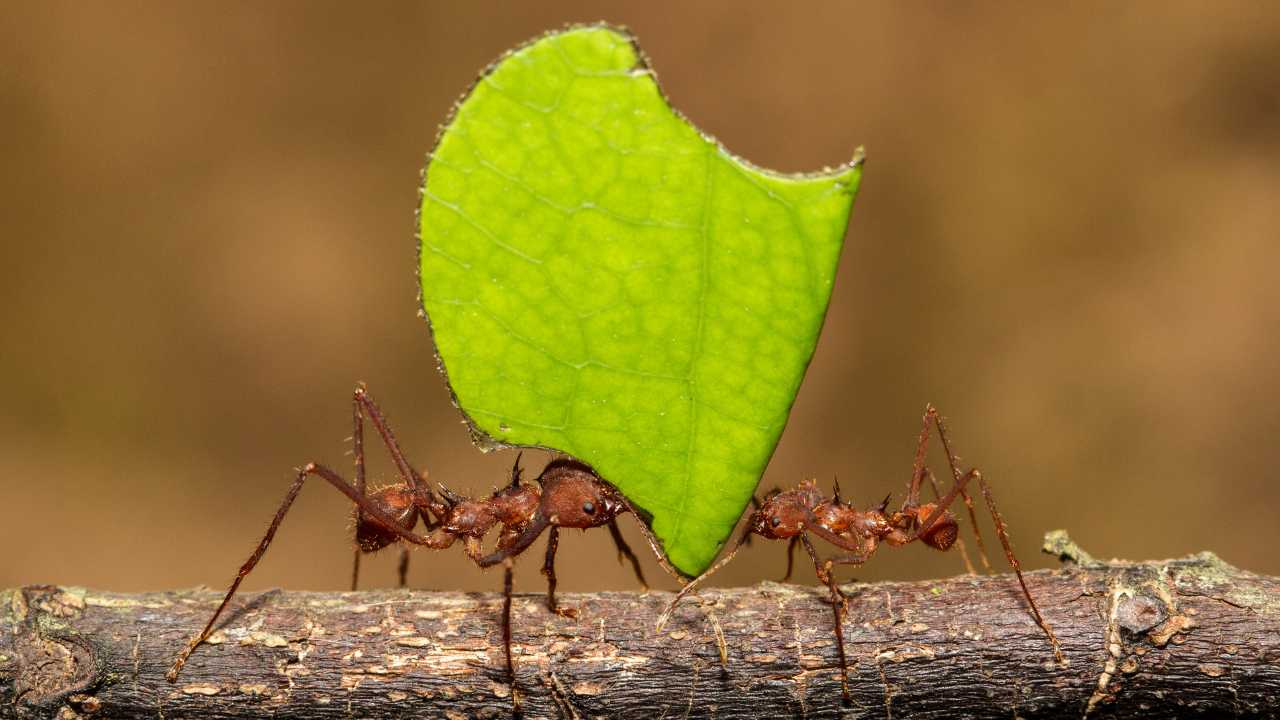
Leafcutter ants “farm” a specific type of fungus that grows only in their underground nests. The ants bring pieces of leaves to their nests, which the fungus uses as a food source. In return, the fungus provides food for the ant colony. This relationship is so critical that neither species can survive without the other.
3. Clownfish and Sea Anemones
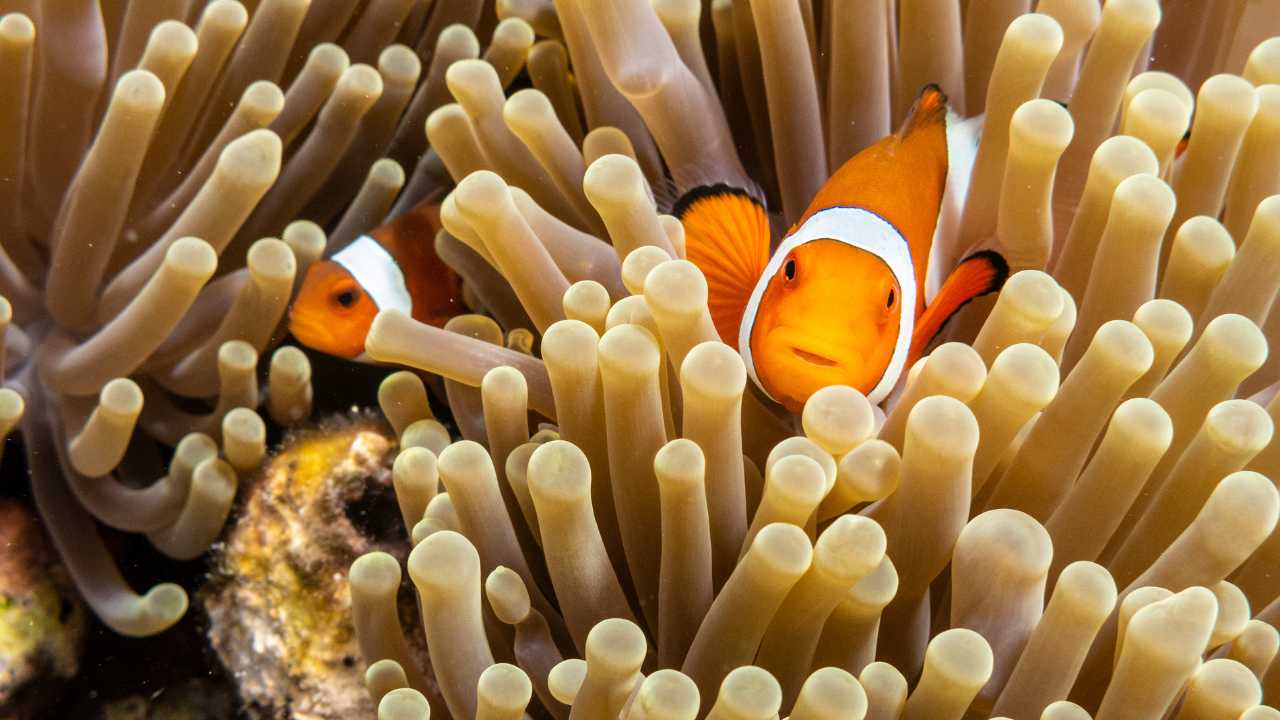
Clownfish have a symbiotic relationship with sea anemones, which are predatory marine animals. The clownfish live among the anemone’s tentacles, protected from predators by the anemone’s stinging cells. In return, the clownfish help keep the anemone clean and bring it food scraps.
4. Oxpeckers and Large Mammals
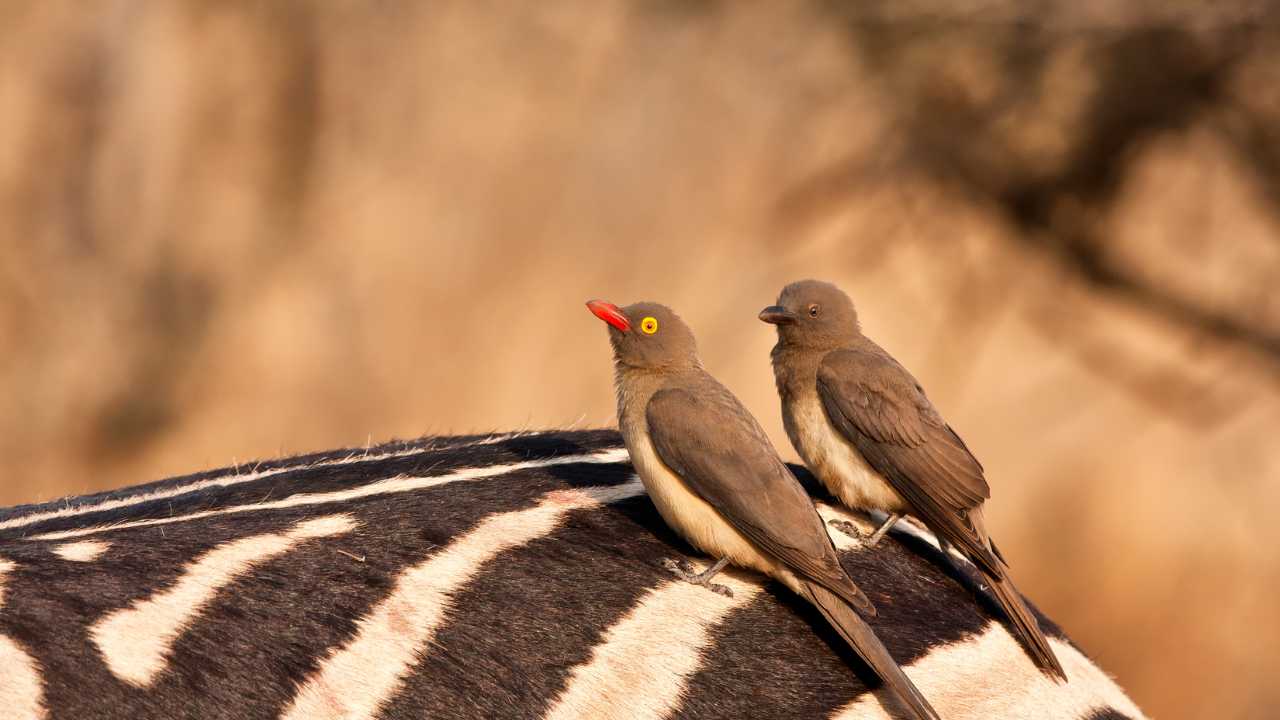
Oxpeckers are small birds that have a mutualistic relationship with large mammals like rhinos and cattle. The birds eat ticks and other parasites that live on the mammals’ skin, providing relief for the host animal. In return, the oxpeckers get a reliable food source.
5. Woolly Bats and Pitcher Plants
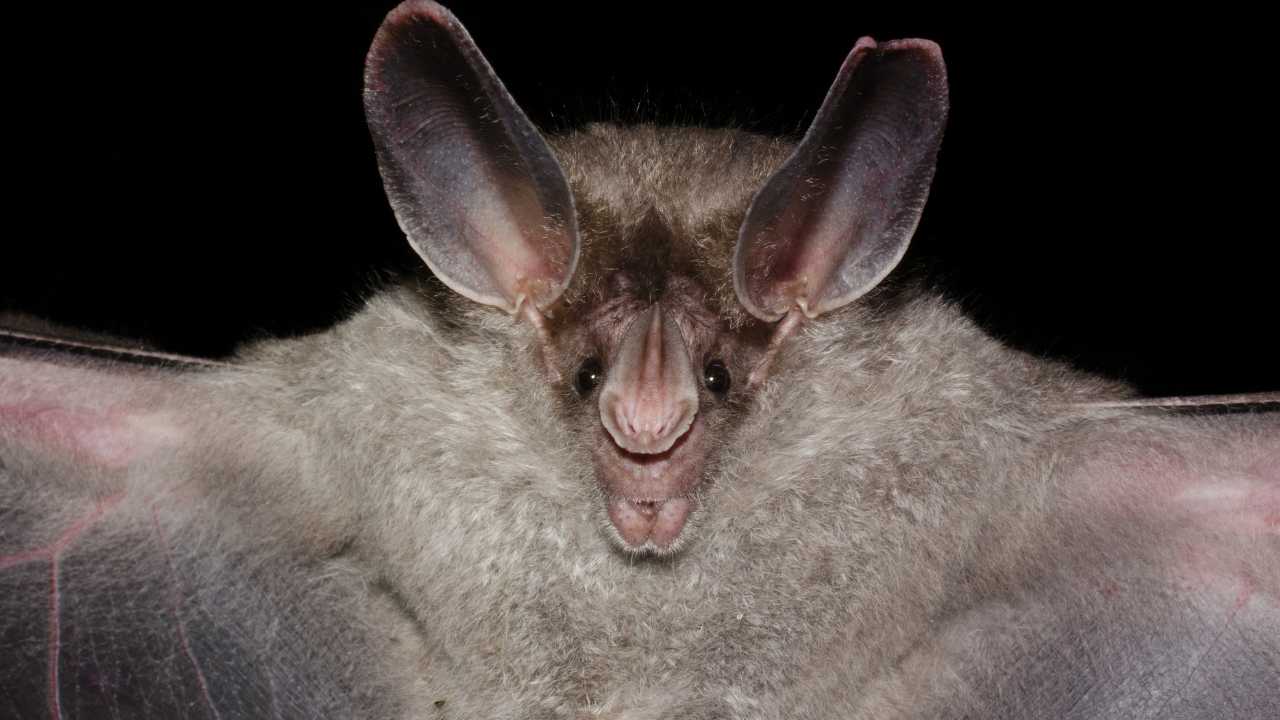
In Borneo, woolly bats roost inside the large, tubular leaves of pitcher plants. The plants benefit from the bat droppings, which provide essential nutrients. In return, the bats get a safe, sheltered place to rest during the day.
6. Pistol Shrimp and Gobies
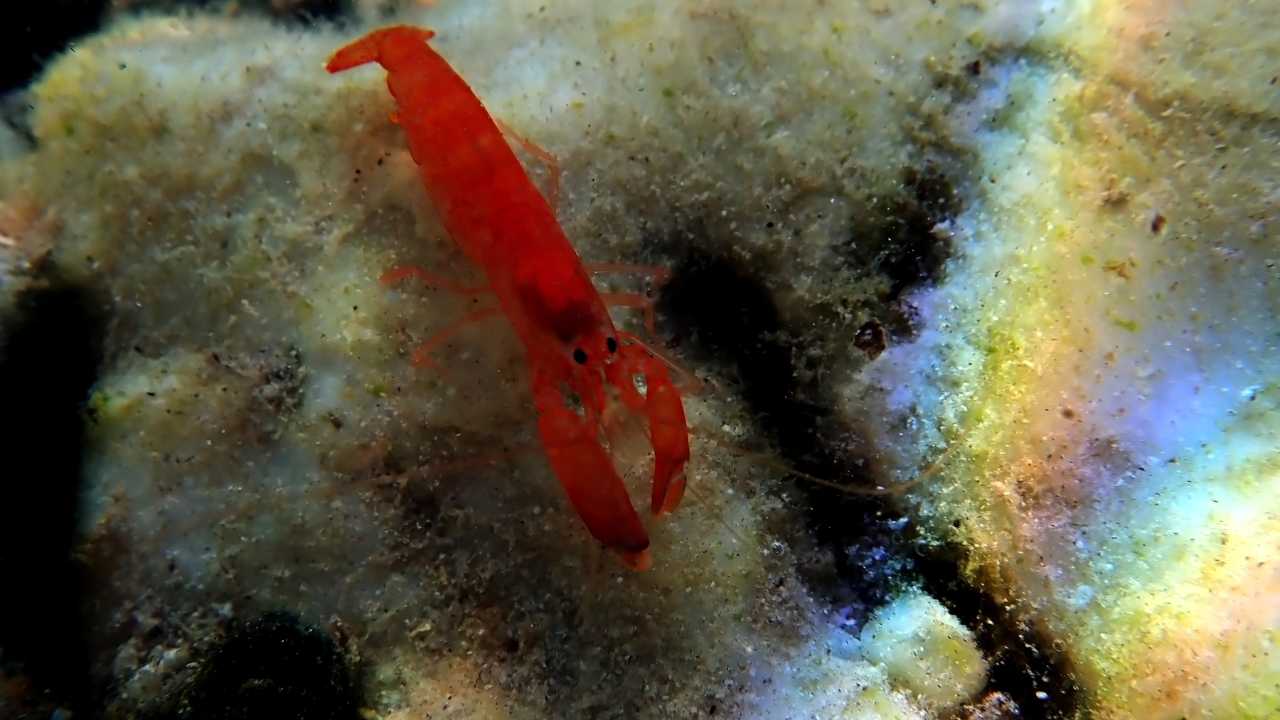
Pistol shrimps and gobies have a fascinating partnership. The nearly blind shrimp digs and maintains a burrow for the pair to live in. The goby, which has excellent vision, acts as a lookout and warns the shrimp of approaching danger by flicking its tail.
7. Coral and Algae
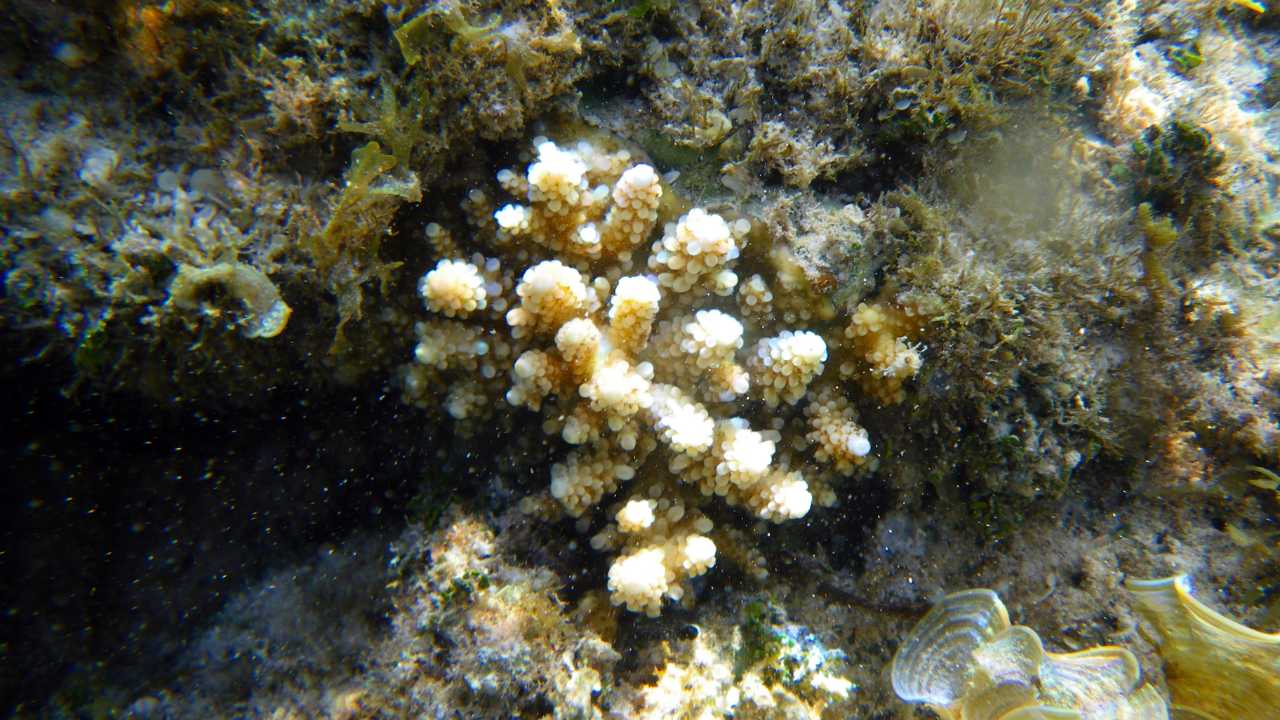
Coral polyps have a symbiotic relationship with algae called zooxanthellae. The algae live within the coral’s tissues, providing them with essential nutrients through photosynthesis. In return, the coral provides the algae with a protected environment and compounds needed for photosynthesis.
8. Acacia Ants and Acacia Trees
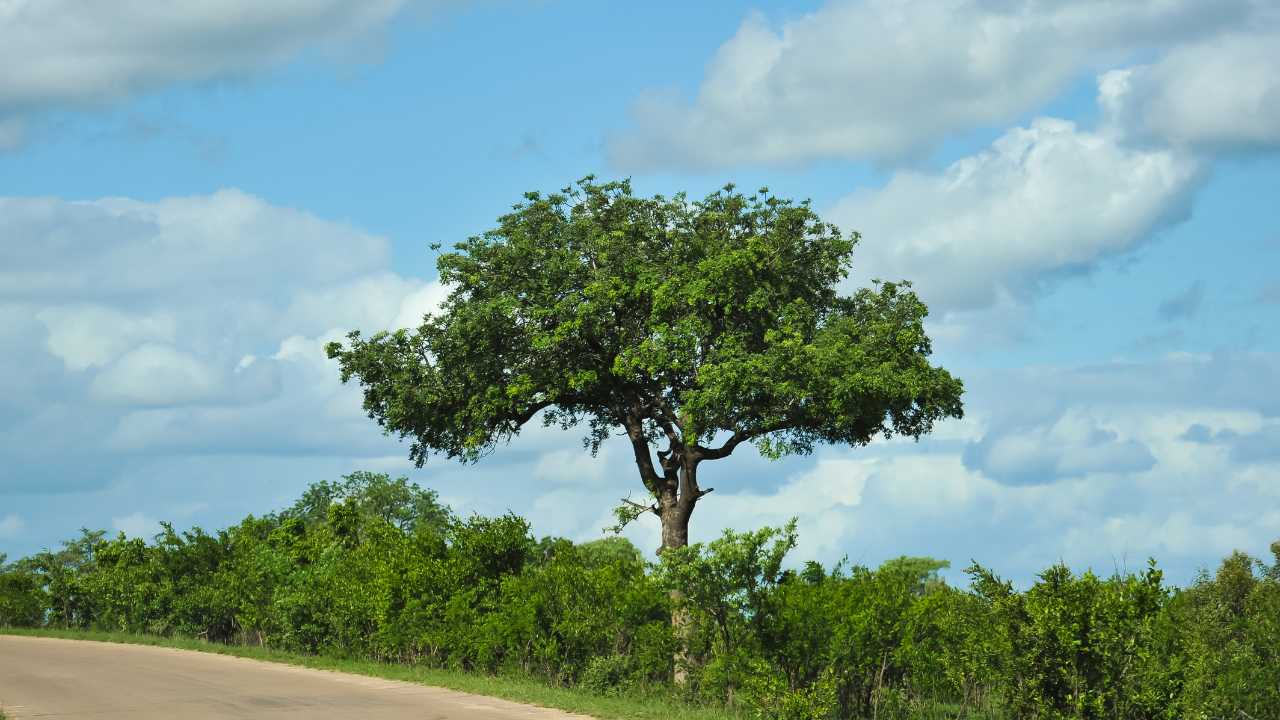
Certain species of acacia trees in Central America have a mutualistic relationship with acacia ants. The ants live in the tree’s hollow thorns and defend the tree from herbivores and competing plants. In return, the tree provides the ants with shelter and food in the form of nectar.
9. Flower Mites and Hummingbirds
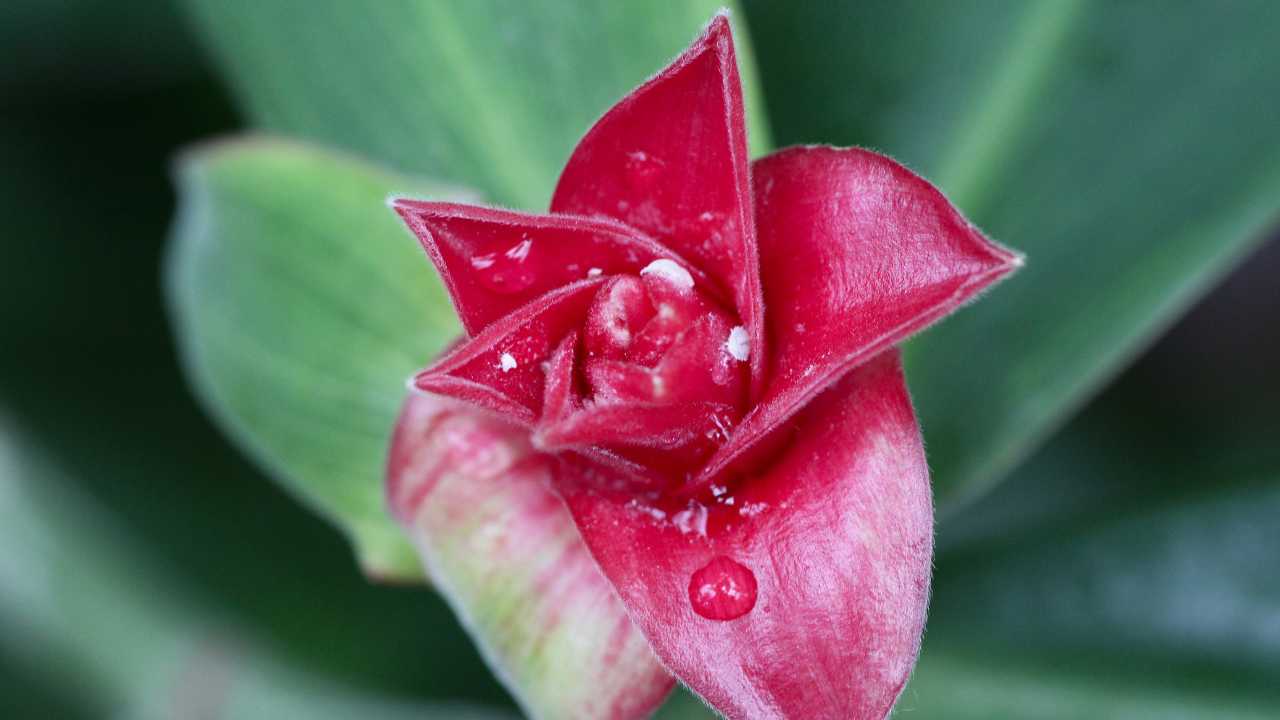
Flower mites hitch rides on hummingbirds to travel between flowers. The mites feed on nectar and pollen, but they don’t harm the hummingbirds. This relationship is an example of commensalism, where one species benefits while the other is unaffected.
10. Leaf-cutter Bees and Flowers
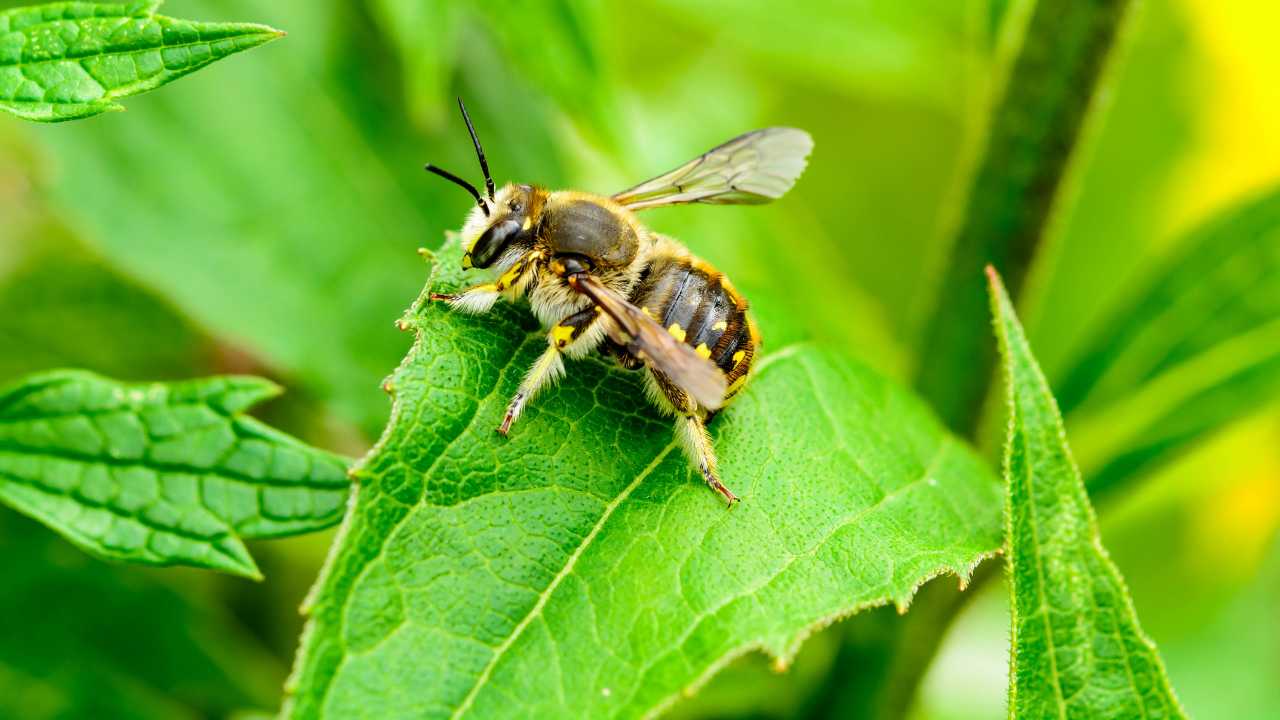
Many species of leaf-cutter bees have a mutualistic relationship with the flowers they pollinate. The bees collect pollen to feed their larvae and, in the process, transfer pollen between flowers, enabling the plants to reproduce. Some flowers have even evolved to attract specific bee species.
11. Ambrosia Beetles and Fungi
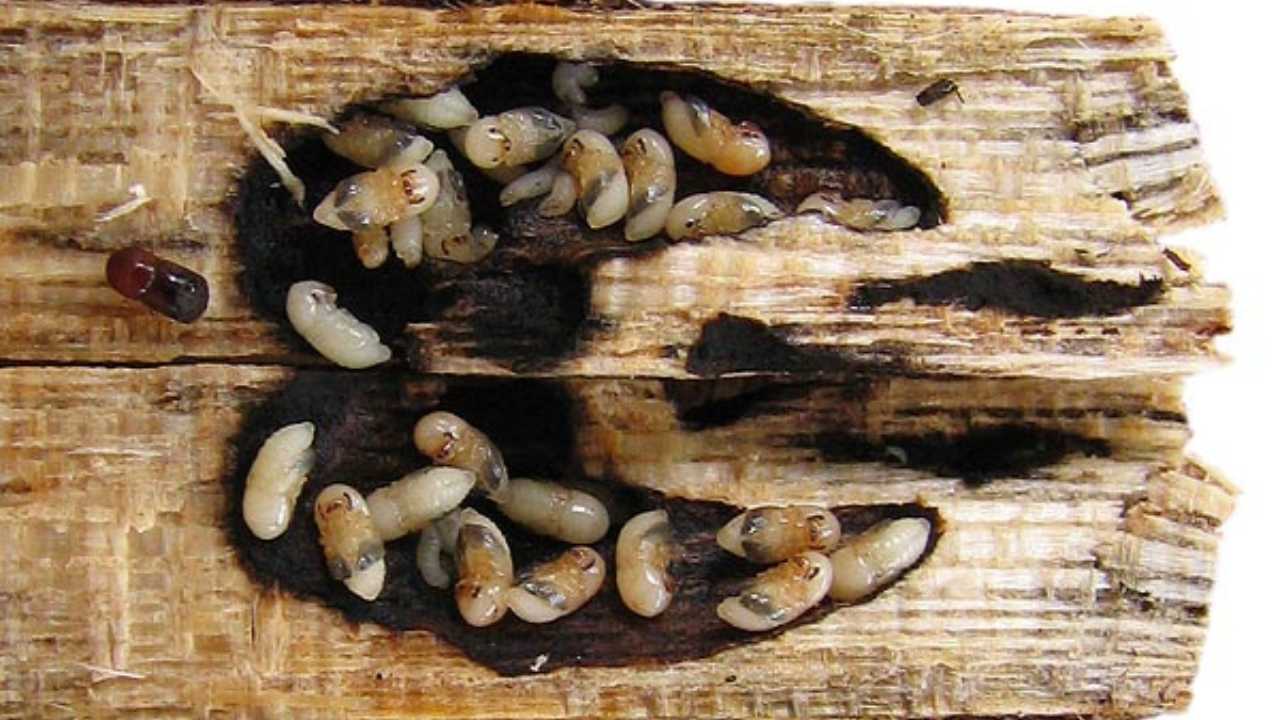
Ambrosia beetles have a symbiotic relationship with certain fungi. The beetles bore into trees and cultivate the fungi in the tunnels they create. The fungi serve as a food source for the beetles and their larvae, while the beetles provide the fungi with a suitable growing environment and help spread the fungi to new trees.
12. Praying Mantises and Spiders
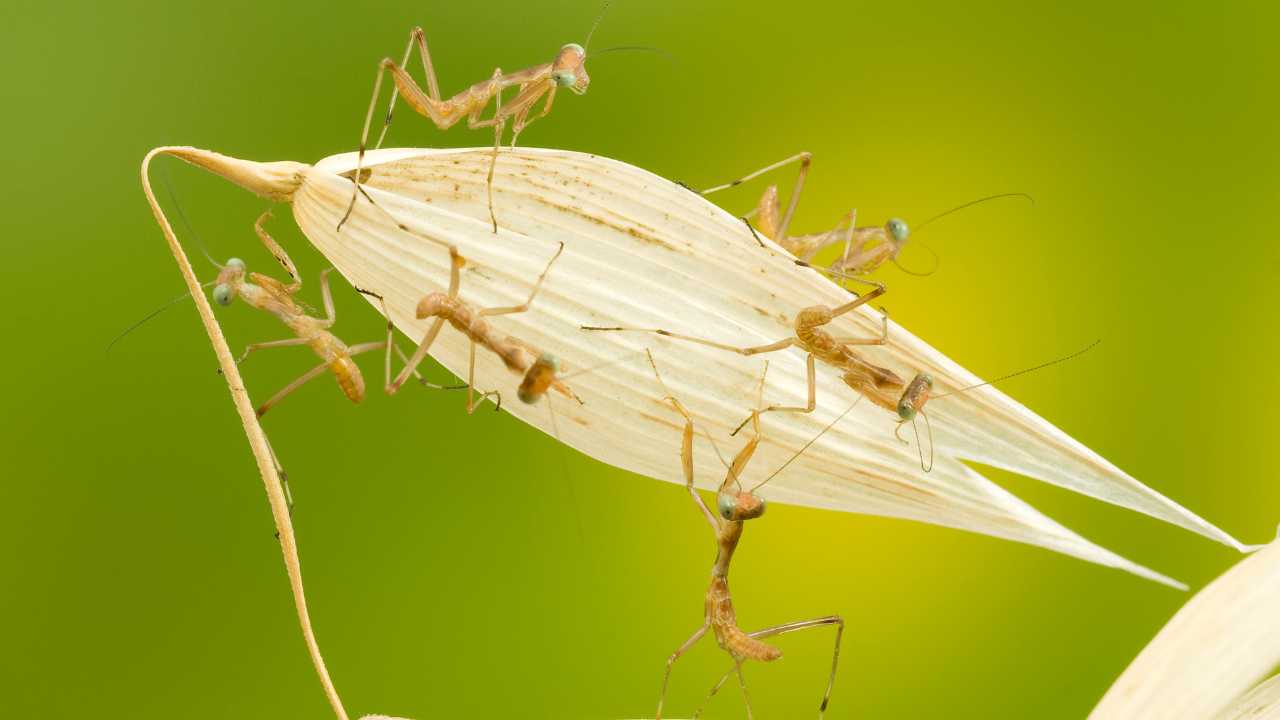
Some praying mantis species have a commensal relationship with spiders. The mantises hide among spider webs to ambush prey, but they don’t harm the spiders. The spiders seem to tolerate the mantises’ presence, possibly because the mantises also eat other insects that might damage the web.
Becky is a fervent wildlife enthusiast and pet care expert with a diploma in canine nutrition. Her love for animals stretches beyond the domestic, embracing the wild tapestry of global fauna. With over a decade of experience in animal welfare, Becky lends her expertise to OutlandishOwl through insightful articles, captivating wildlife information, and invaluable guidance on pet nutrition. Her work embodies a deep commitment to understanding the intricate lives of animals and a passion for educating others on sustaining natural habitats. Becky's hands-on conservation efforts and her knack for translating complex dietary science into practical pet feeding tips make her an indispensable voice for creatures great and small.




